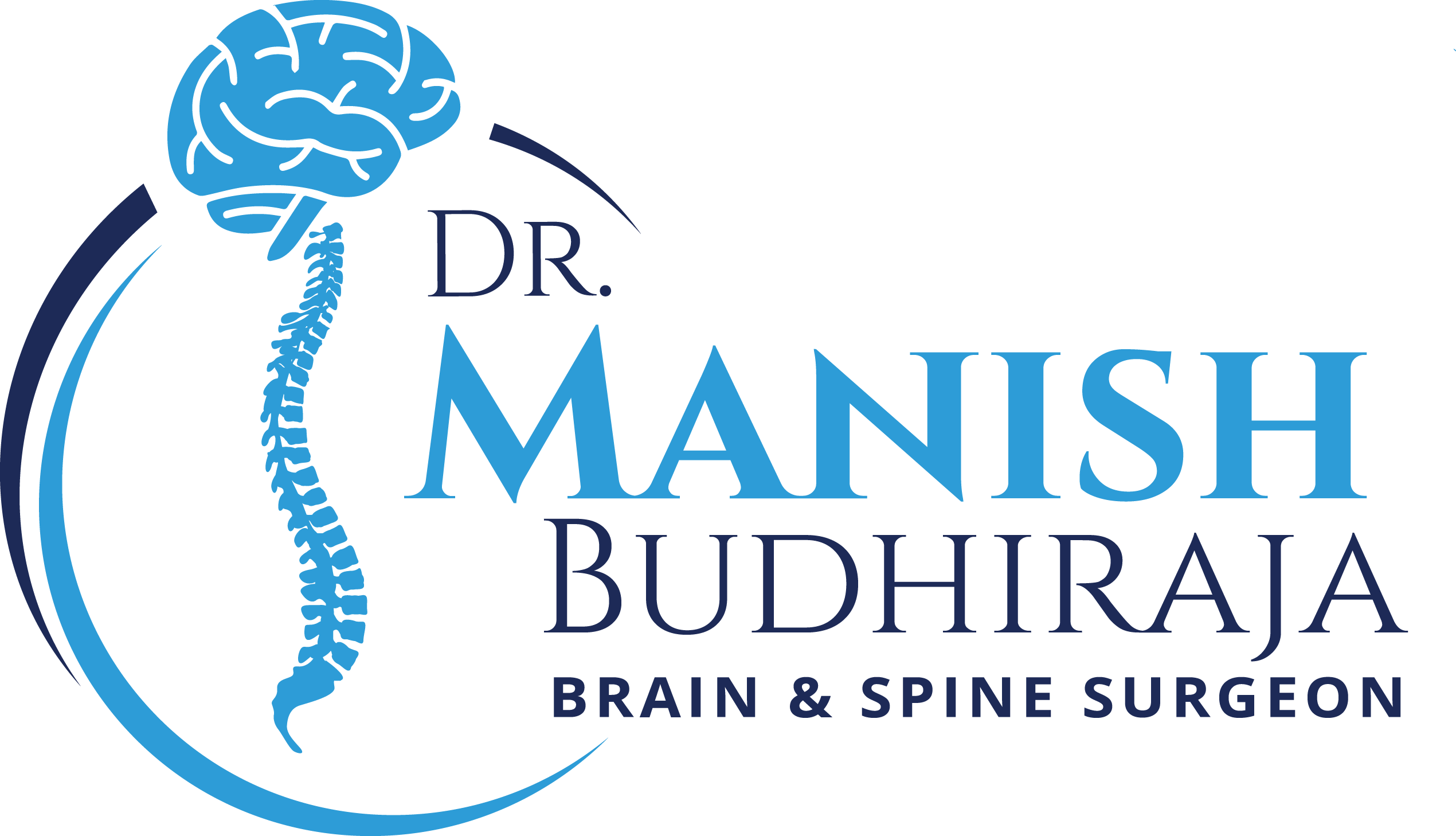For Appointments Or Any Query
Call at +91- 7888900544 +91- 9459958607
Hospital
Alchemist Hospital
Sector 21, Budanpur, Haryana 134112
Timings:
(OPD) Mon, Sun – 10:00 AM – 5:00 PM
(Emergency) 24 hours & 7 days a week
Clinic
Healing Hospital
SCO- 16-17- 18-19,
Sector 34 A, Chandigarh 160022
Timings:
Mon, Tue, Wed – 5:30 PM to 7:00 PM
Fri, Sat – 5:30 PM to 7:00 PM
For Any Query
For Appointments Or Any Query
Write to Us at docmb48@gmail.com
Site Links
Alchemist Hospital (OPD)
- Monday :
- Tusday :
- Wednesday :
- Thursday :
- Friday :
- Saturday :
- 10.00am - 5.00pm
- 10.00am - 5.00pm
- 10.00am - 5.00pm
- 10.00am - 5.00pm
- 10.00am - 5.00pm
- 10.00am - 5.00pm
Alchemist Hospital (Emergency)

Contact Us
- Alchemist Hospital - Sector 21, Budanpur, Haryana 134112
- Healing Hospital - SCO 16 to 19 - Sector 34 A, Chandigarh
- Timings - Mon, Tue, Wed, Fri, Sat - 5.30pm to 7.00pm
- docmb48@gmail.com
- +91 - 7888900544
Ⓒ 2019 – All Rights Are Reserved | Managed By Little Abs Marketing

